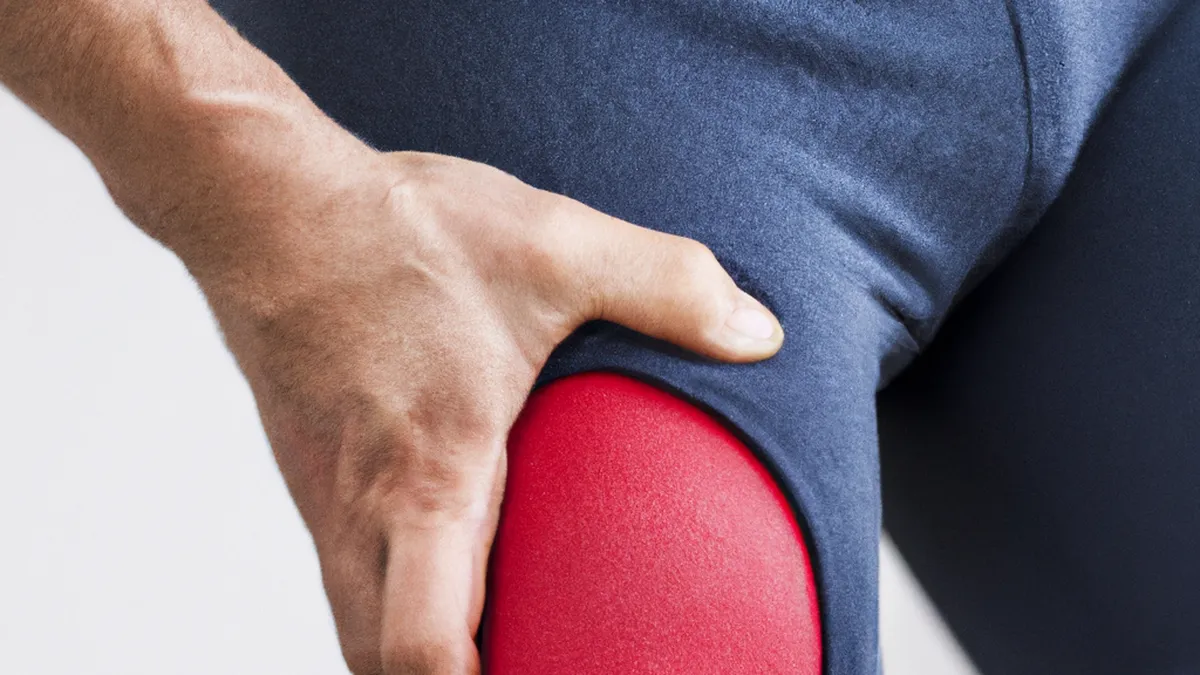Roll Away Tension: Foam Techniques for Shoulders
Foam Rolling Techniques for ShouldersFoam rolling helps relieve muscle tension and improves flexibility. Many people face shoulder tightness, and foam rolling effectively alleviates this discomfort. This blog explores foam rolling techniques designed for shoulders, shoulder anatomy, causes of shoulder tension, and benefits of foam rolling.
Understanding Shoulder Anatomy and Tension
The shoulder comprises various muscles, tendons, and ligaments that provide a wide range of motion. Key muscles include the trapezius, deltoids, rotator cuff, and latissimus dorsi, enabling lifting, rotating, and reaching movements.Poor posture, prolonged sitting, repetitive movements, and stress often cause shoulder tension. Hunching over computers or smartphones leads to tight shoulder muscles. This tension can result in discomfort, reduced mobility, or pain, affecting daily activities and quality of life. Foam rolling alleviates this tension by releasing knots and improving blood flow to affected areas, promoting relaxation and mobility.
Essential Foam Rolling Techniques
As an Amazon Associate I earn from qualifying purchases.
Gear tip: consider massage gun, trigger point cane, and massage oil to support this topic.
1. Upper Trapezius Release
The upper trapezius often accumulates tension from stress and poor posture. Follow these steps to target this area:- **Positioning**: Sit or stand comfortably with the foam roller on the floor.- **Leaning**: Lean your shoulder onto the roller at the base of your neck.- **Rolling**: Gently roll from the base of your neck down to your shoulder. Tilt your head slightly to the opposite side for a deeper stretch.- **Duration**: Spend about 30 seconds on each side, focusing on tender spots.
2. Infraspinatus Release
The infraspinatus is a rotator cuff muscle crucial for shoulder stability. Effectively roll this area by:- **Lying Down**: Lie on your side, placing the foam roller under your shoulder blade.- **Arm Position**: Extend your arm overhead to create a stretch in the shoulder.- **Rolling Motion**: Slowly roll back and forth, focusing on tender spots or knots. Adjust your weight to increase or decrease pressure.- **Duration**: Aim for 30 seconds to one minute on each side.
3. Latissimus Dorsi Roll
The latissimus dorsi, or “lats,” helps with arm movement and stability. To relieve tension in this area:- **Side-Lying Position**: Lie on your side, placing the foam roller under your lat muscle.
Conclusion
Foam rolling techniques effectively alleviate shoulder tension, enhance flexibility, and improve overall shoulder health.
Below are related products based on this post:
FAQ
What is foam rolling and how does it help the shoulders?
Foam rolling is a self-myofascial release technique that helps relieve muscle tension and improve flexibility. It effectively alleviates discomfort in the shoulders, which are often tight due to poor posture or stress.
What are the main causes of shoulder tension?
Shoulder tension can result from poor posture, prolonged sitting, repetitive movements, and stress. Activities like hunching over computers or smartphones can lead to tight shoulder muscles, affecting mobility and causing pain.
What are some effective foam rolling techniques for the shoulders?
Effective foam rolling techniques for the shoulders include the upper trapezius release, infraspinatus release, and latissimus dorsi roll. Each technique involves specific positioning and rolling motions that target different shoulder muscles to alleviate tension and improve flexibility.















Post Comment